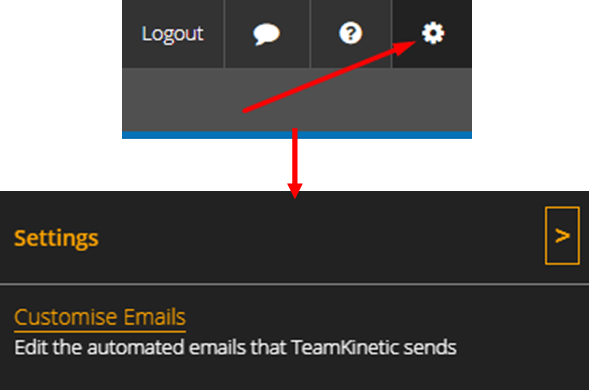Welcome to the Getting Started with TeamKinetic Workbook. The aim of this book is to teach you the basics of your TeamKinetic system in less than ten steps. Basically, this is everything you need to know to get started and improve your overall volunteer management. We recommend that you move through these lessons at your own pace to make sure you get the most out of it.
Before we start…
We’ll be using some key terms in this document that you may not be familiar with yet. To avoid any confusion from the off, let’s go through them now!
Opportunity
An ‘opportunity’ is any activity that a person can volunteer to do. Every opportunity must have a provider. Opportunities can either have set sessions or be flexible.
Session-based Opportunities
Sessions can either be recurring (daily, weekly, monthly, etc) or individual. Use this for opportunities with specific dates and times.
Flexible opportunities
In contrast, volunteers can log hours for flexible opportunities at any time. This is great for opportunities that can be done from any location or at any time.
Provider
The ‘provider’ is the individual or organisation that is offering the opportunity. The provider should be the one communicating with volunteers about opportunities they’ve signed on for. They have their own accounts on the system.
Admin
The system ‘admin’, we hope, is you reading this. The admin has access to all areas of the system that we’ll be going through in this workbook.








